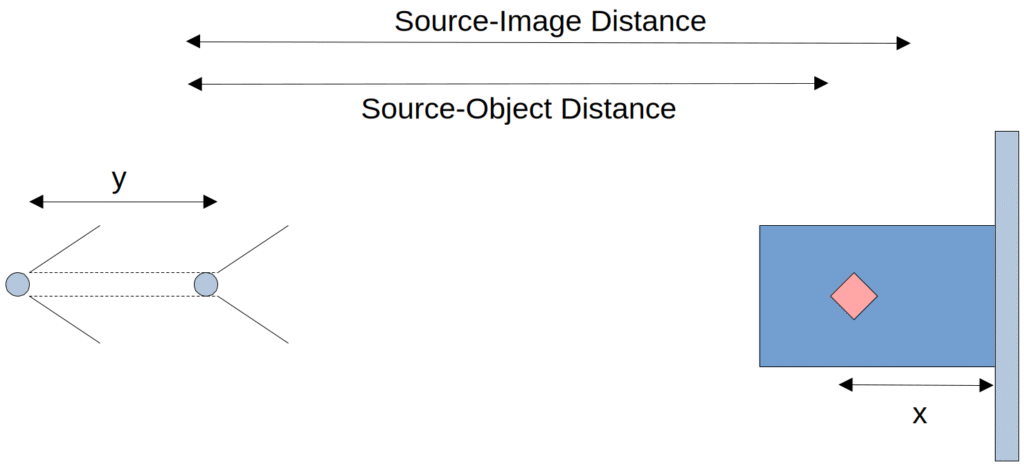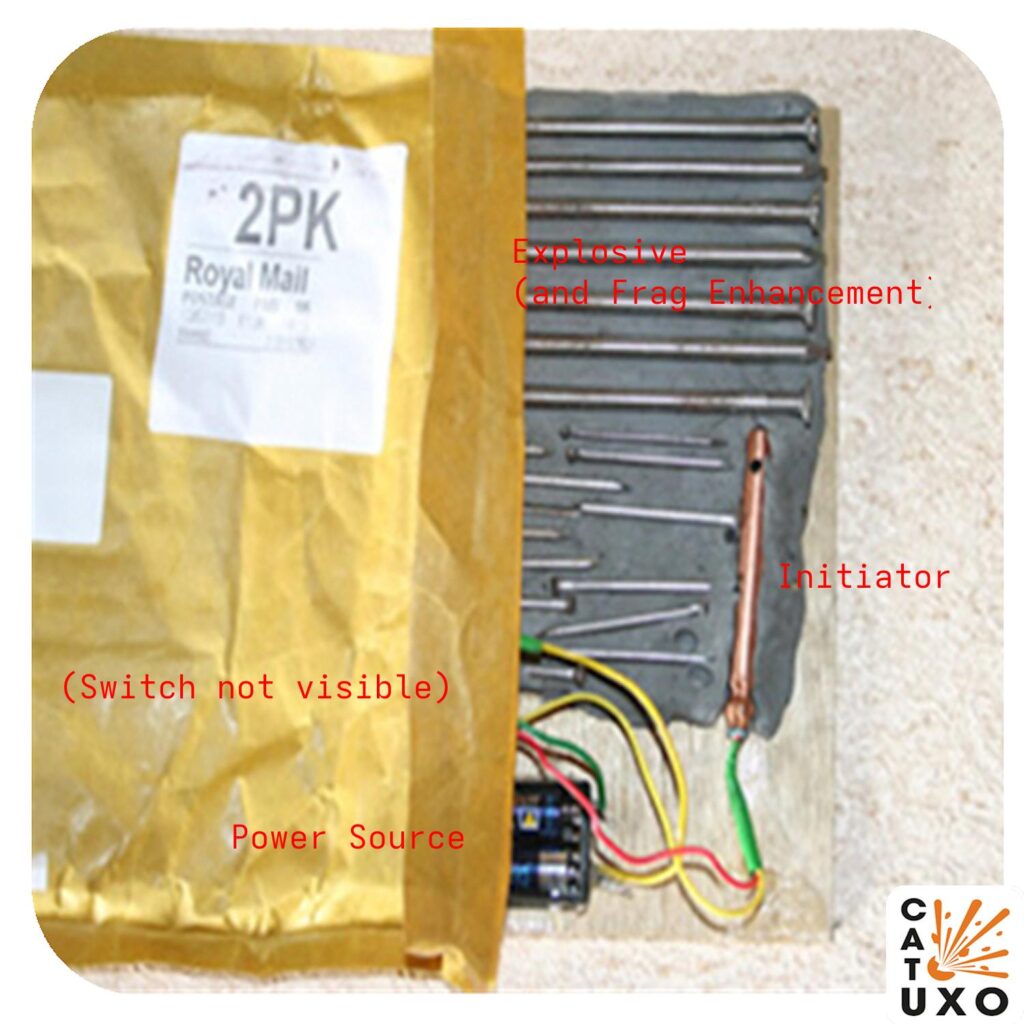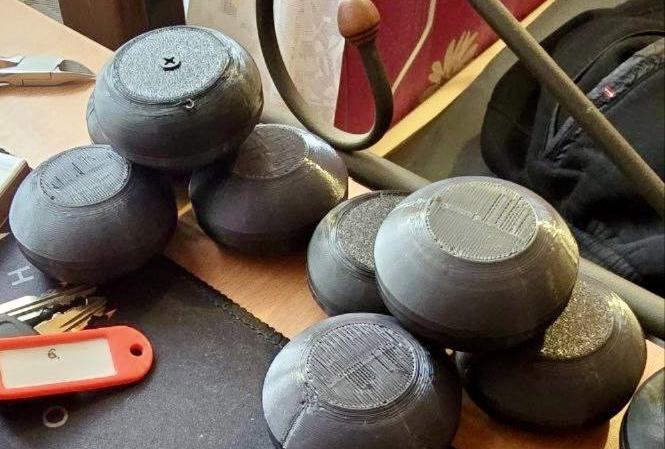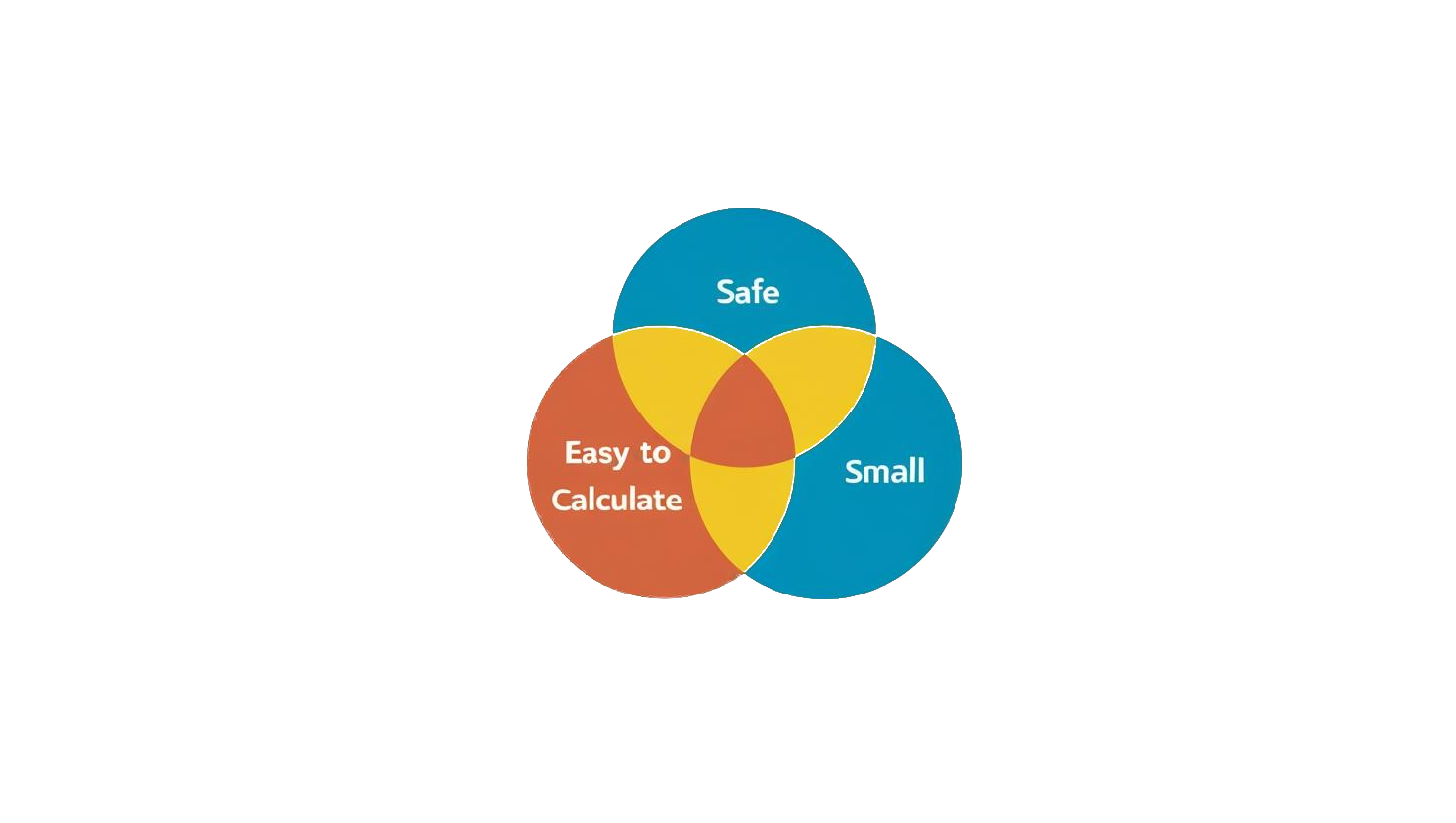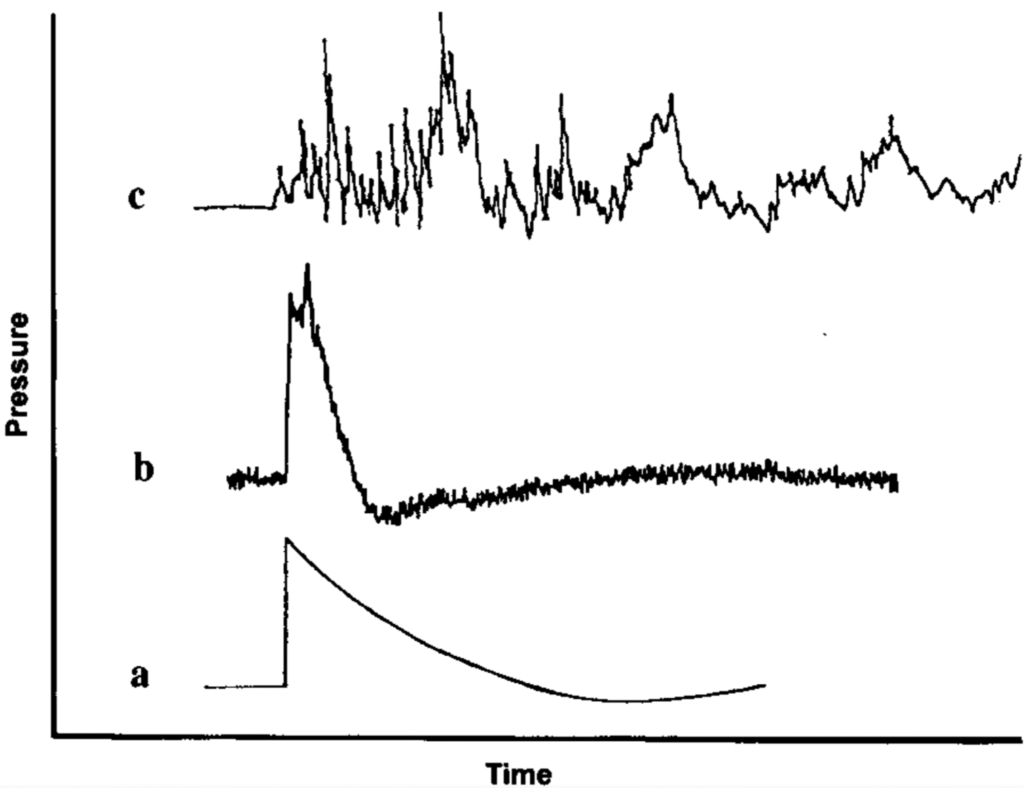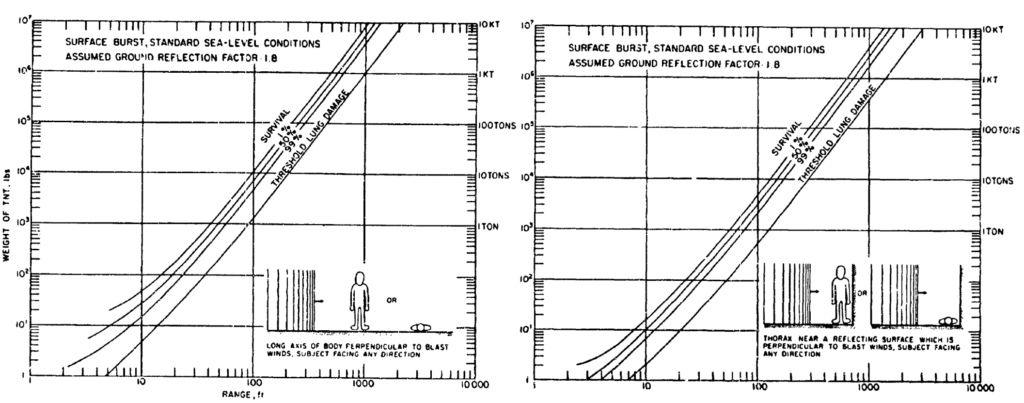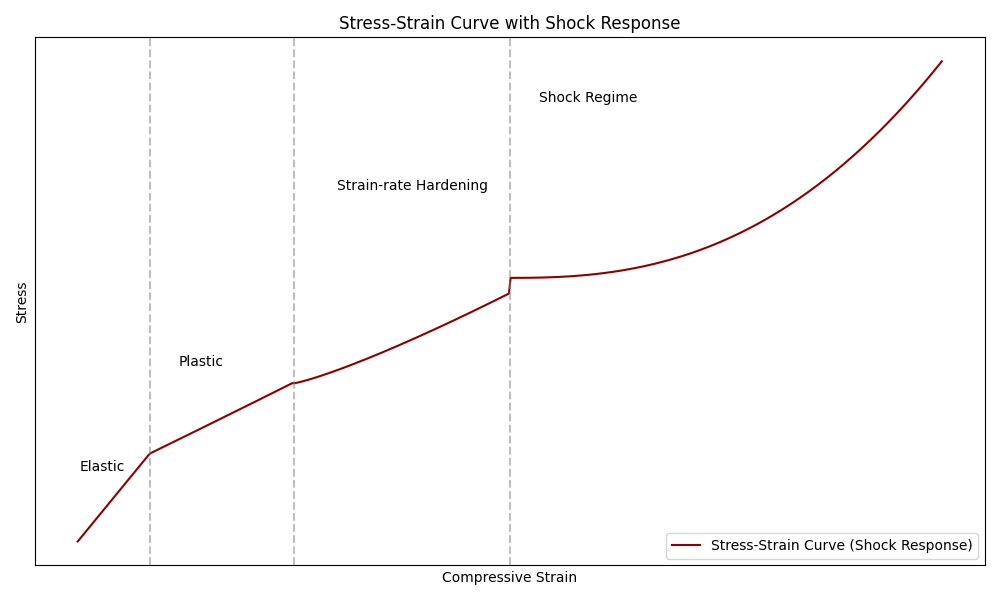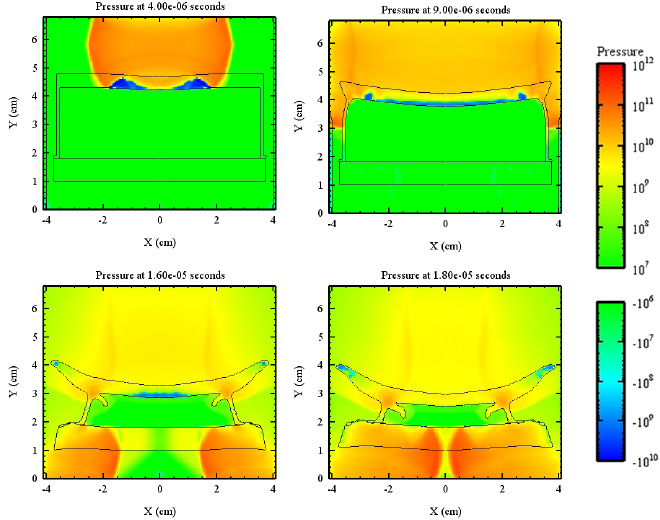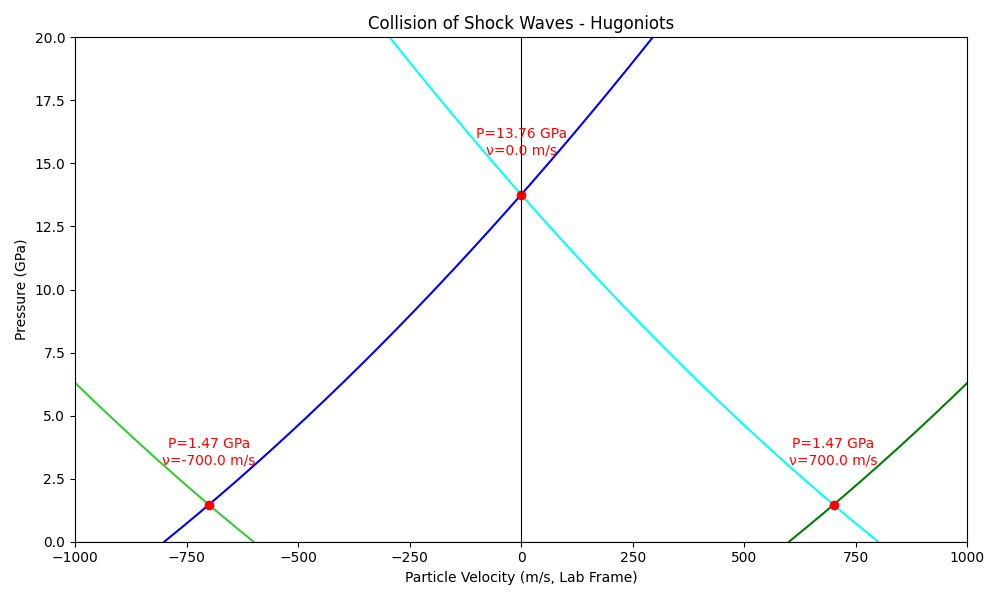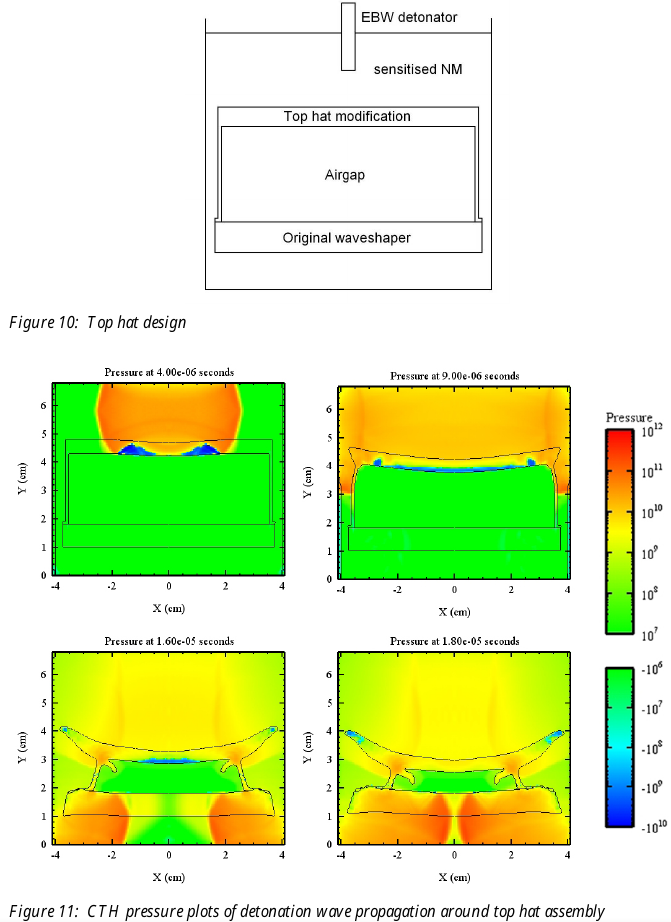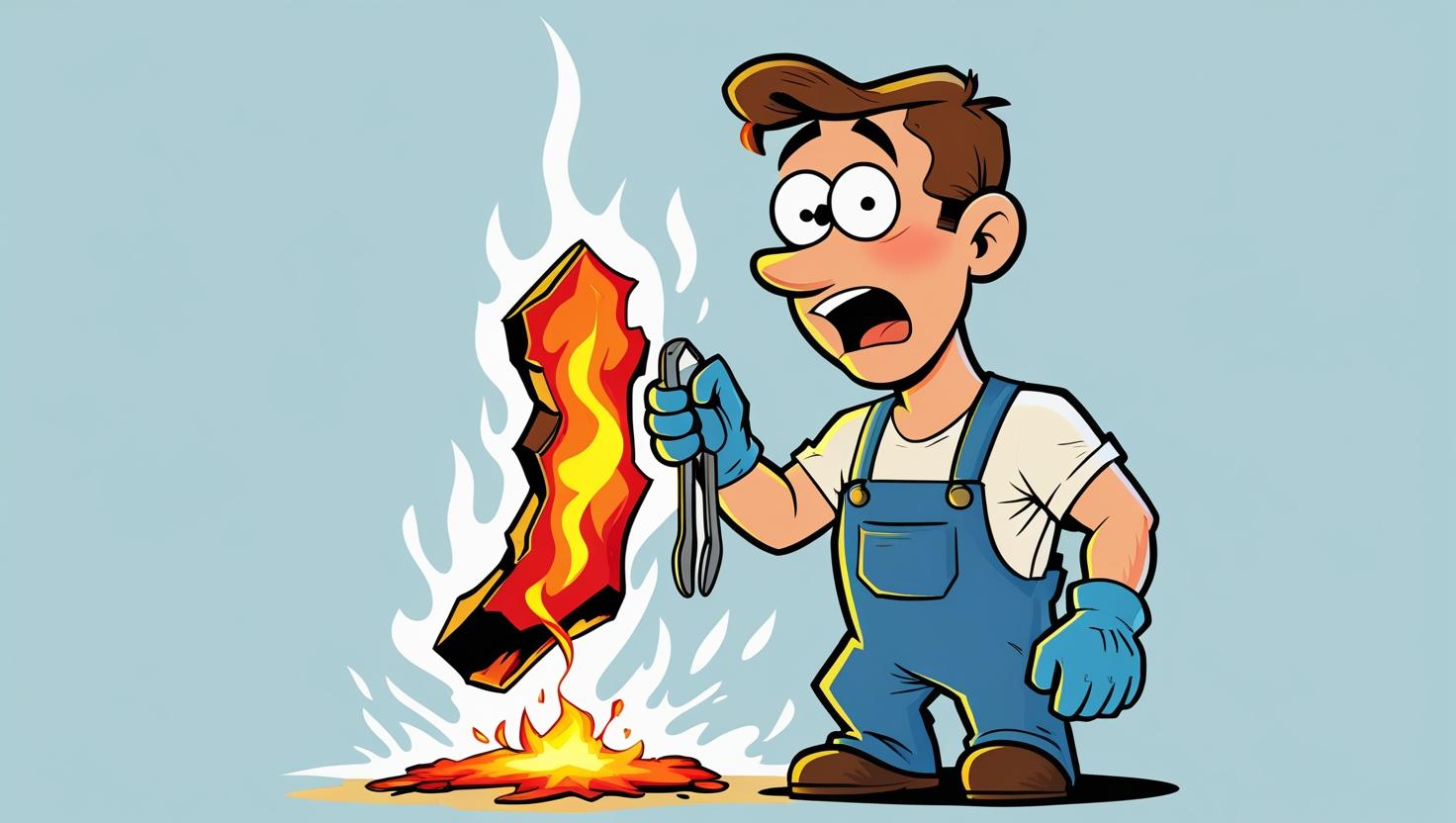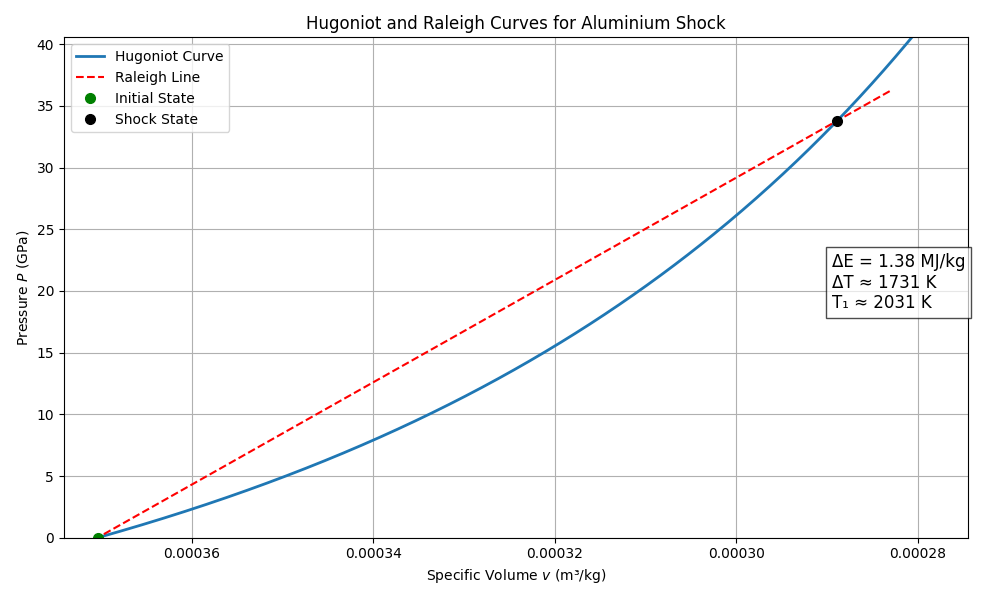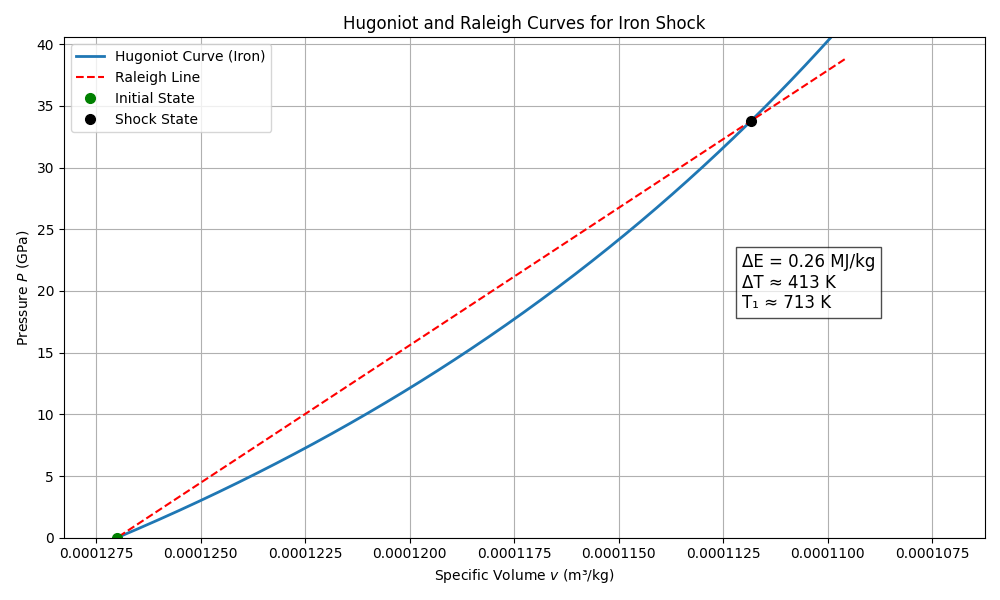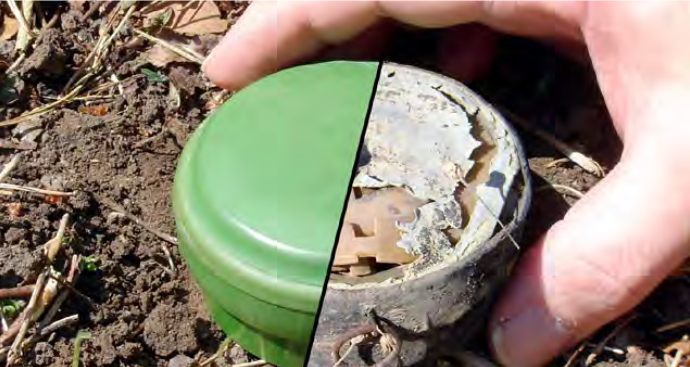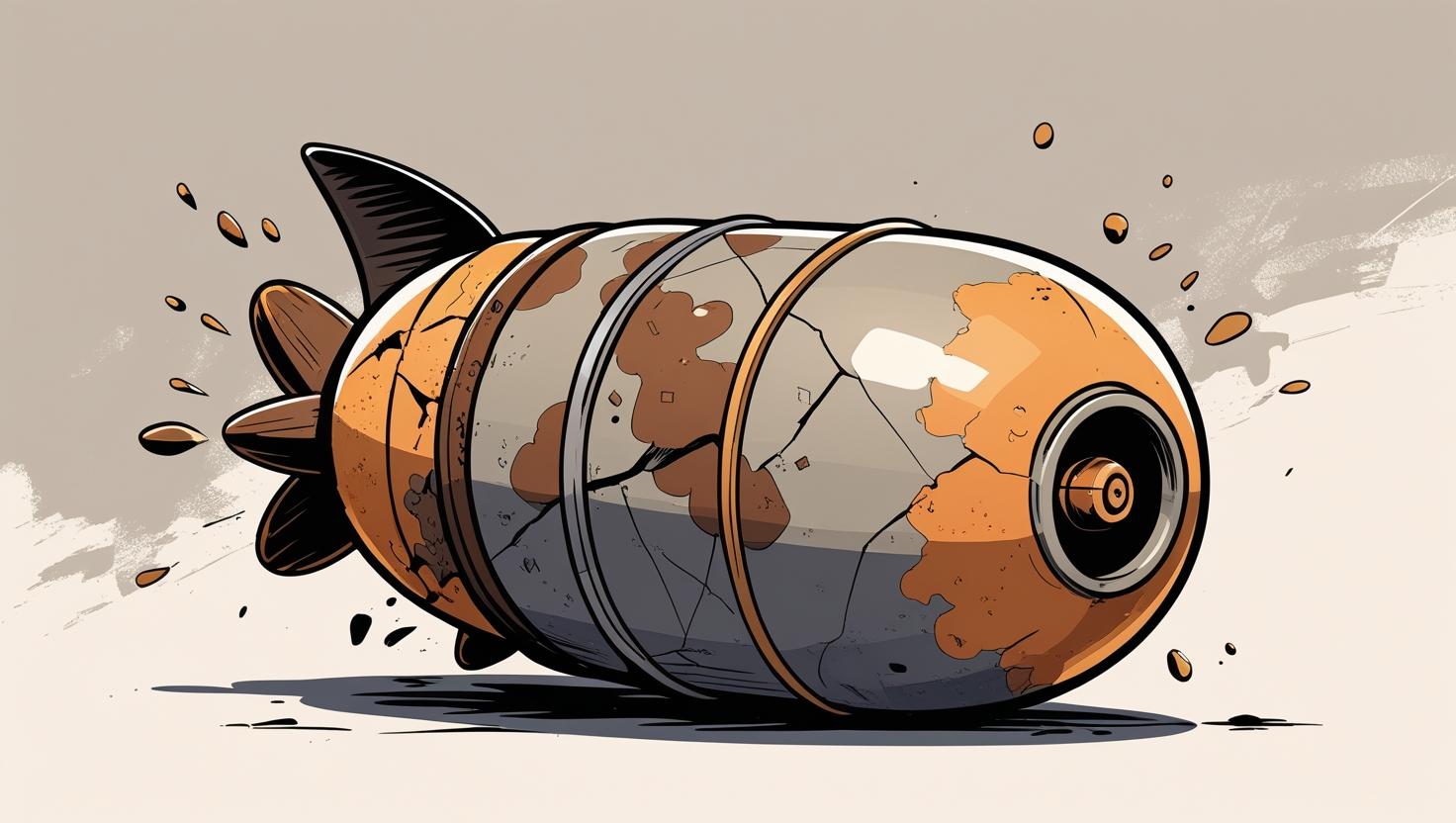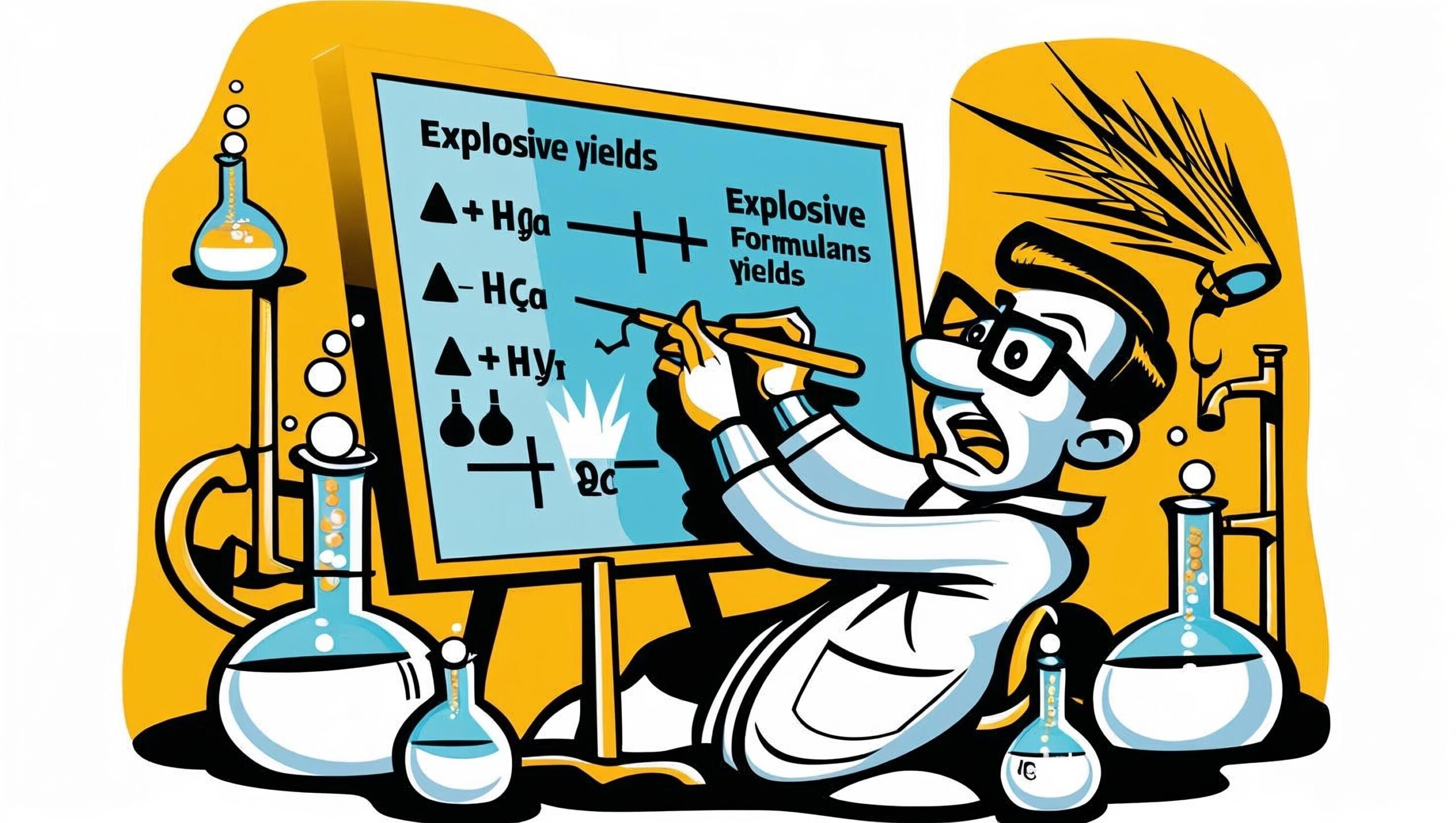We have previously discussed how susceptible different components of a munition are to ageing. What we will now move forward with is more specifically how the munition can fail as a whole, and what it means for an EOD operator.
The three main failure points relevant to the EOD operator are failure of the casing, the fuzing mechanism, or the explosive train. Whilst the casing failing will not typically reduce the munition function by itself, a breach of the case will allow for a significant acceleration in ageing as discussed earlier.
This degradation may mean the munition cannot function as designed, this does not mean that it cannot function at all or is safe. The munition may be susceptible to other forms of initiation, partial function, or even develop an unintended initiation mechanism as a result of some form of sensitisation.
Casing Failure
Lightweight casings are much more likely to fail than casings designed to be violently projected or generate a lot of fragmentation, although the fuze and the body may not be equally robust. Heavy cased munitions are likely to be extremely resilient despite surface corrosion.
Fuzing Mechanism Failure
Fuzes often have a number of steps to take them from safe for storage through arming and into functioning, including the potential for initiation delays or self-destruct mechanisms. As these are typically removed in a linear series of events, a failure in any one of them can lead in a failure to function as designed. For instance, surface corrosion could lead to increased friction which inhibits a step, or a spring may be too corroded to fire a pin. Self-destruct mechanisms on the other hand can function without some of the usual preceding steps, depending on the fuze mechanism.
Mechanical Failure
Mechanical failure in fuzes usually occurs because ageing increases friction which in turn stops the mechanism from actuating as designed. Springs are often made from particularly rust-prone materials and can seize, if subjected to the right conditions, before other components. They are also used for critical functions in arming or firing.
Usually the seizing up of the mechanism will conserve the arming state the munition was in – an abandoned munition will remain unarmed, a partially armed munition will remain in that state, etc. Sometimes degradation can inhibit a self-neutralisation or self-destruct mechanism too, leaving it in an uncertain state.
Tripwires
The high surface area and metal construction of trip wires means that legacy tripwire-actuated mines laid decades ago are almost certain to pose a lesser threat than in the past. Fishing line has been used as a tripwire also, but their degradation over time is less well known.
Transmission Media
Some fuzes have hydraulic or pneumatic systems which use a fluid to transfer movement from one component to another. They’re used in some self-destruct mechanisms and many mine designs. Modern Italian mines often use pneumatic systems as part of their shock-resistant design.
When the transmission fluid (liquid or air) is not contained, it will prevent the transmission of force and degrade the effectiveness of the system to actuate. In Afghanistan it was found that the Italian TC/6 mines had degraded elastomer pressure plates whose seal had failed around the shoulder, leading them to be inoperable.
Electrical Failure
Electrical fuzes need some source to power them, usually a battery. Depending on the way in which the circuit is configured, there may be a significant draining load on the battery or close to none. Different types of batteries also degrade at different rates.
Reliable lithium batteries can be expected to last over ten years when stored. The battery can degrade in such a way that it still remains over the no fire voltage and poses a threat. Some of the more significant mechanisms of decay include the growth of a resistive layer on the electrode surface (solid electrolyte interphase, or SEI), mechanical cracking of the SEI or electrodes, or thermal decomposition of the electrolyte.
If the circuit is actively powered, for instance where the power source is running a sensor, the lifespan can be much shorter than the life of the battery (weeks or months). There are cases where the battery is not disconnected per se, but a tiny or no load placed on it and the lifetime can approach the disconnected lifespan. The storage of energy in capacitors complicated this, where normally capacitors bleed voltage but in some cases can hold on to it for an extended period.
Under field conditions for instance, lithium batteries tested from Spanish SNA submunitions showed full charge twenty five years after manufacture. On the other hand, lithium batteries in a Type 72B Chinese mine from Cambodia have voltages well below the no-fire voltage after thirty years.
Thermal batteries, where the energy is stored in electrolytes kept separately or in solid phase, can last for an almost indefinite amount of time. Russian shoulder fired munitions with thermal batteries designed to be activated before launching may not last long once activated, but retained perfectly adequate firing voltage fifty years after being produced.
For 9 V batteries used in VOIEDs, it was sometimes estimated that they would last approximately 36 months or potentially longer if well insulated.
Failure of the explosive train
The explosive train has steps between the output of the fuze which triggers the explosive train to begin and the functioning of the main charge. Any step along the train, including igniters, detonators, boosters, and the main charge, can fail. As a result, munitions can remain dangerous even if the main charge would not function.
- Pyrotechnic compositions: These can become wet and fail to function, but in theory could also become operable again if dried out.
- Detonators: It is less well studied how these decay. Mercury fulminate gradually decays and lead azide becomes desensitised when damp. Even if the detonating explosive itself is viable, corrosion might separate it from the rest of the explosive train. Just because a detonator is itself de-sensitised, such as lead azide when exposed to moisture, other chemical processes may occur that sensitise it further; lead azide in the presence of water and copper can form cupric azide, a primary explosive too sensitive to use in detonators. This is naturally the highest risk in tropical conditions, although the dangers of using copper in detonator casings for this reason has been understood since World War II.
- Secondary explosives: these tend to be more stable than primary explosives and are usually not the point of failure. If they do fail, it is likely because of physical degradation (crumbling or plasticiser degradation) which leads to a failure to sustain the explosive train.
TNT subject to repeated high temperature cycling (above 54 C) may experience exudation. Impurities can interact with the exuded TNT (and its breakdown products like DNT) which in turn sensitises the composition. TNT mixed with grit contaminants (like sand) are more sensitive in drop tests than regular TNT.
- Propellants: in UXOs the propellants are normally expended, so propellants are typically only present in abandoned ordnance. Nitrocellulose, a common propellant, will decompose under any conditions but faster in hot ones; the O-NO2 bonds break to form nitrogen oxides and auto-catalysis can occur. The nitrogen oxides are absorbed by stabilisers that are added but these are consumed over time which sets the lifespan of the propellant. When stabilisers reach low levels they can auto-ignite and it is thought that this is a common mechanism for ammo storage fires.
Creation of New Hazards
New Mechanical Hazards
Long term, ageing of ordnance leads to loss of functionality and degradation of energetic materials. Despite this, some ageing effects can lead to temporary increases in danger in ways that can be complex and hard to predict. For instance, the retaining pin for a striker could rust through and make the fuze more unstable, although this would likely also occur in parallel to rusting of other components like the striker spring. Exactly how much more or less stable the munition is in the mid-term is hard to determine and will depend on the particulars of weathering and how the fuze is constructed.
Detecting Metallic Components
The ability to detect metal components with metal detectors depends on the conductivity of the metal which decreases with rust. This can lead to situations where, specially for minimum metal mines, the munition is undetectable with modern metal detectors. They may nonetheless still be fully functional.
New Explosive Hazards
Most new explosive hazards from degradation of EO affects primary explosives, but some secondary explosives are susceptible too. High explosives and alkali materials can form sensitive reaction products which are prone to accidental functioning. Picric acid is also susceptible to reactions with certain metals which form sensitive explosive salts. These picrate salts are de-sensitised with saline solution in fuze immunisation techniques. Picric acid can also form calcium picrate if exposed to cement. TNT which re-crystallises with impurities can more readily form hot spots and is hence more sensitive to being functioned.
In terms of primary explosives, the most concerning one at present is lead azide which can form hydrogen azide which in turn reacts with metals like copper, zinc, cadmium and its alloys to form highly sensitive explosive compounds. This is prevented by sealing the lead azide in an aluminium line capsule, but degradation can lead to ingress of moisture or contact between the lead azide and copper to form copper azide. This effect is more pronounced in hot/wet climates.
A fatal accident believed to be attributed to copper azide formation occurred in 2016 in Mali with a corroded Bulgarian-variant M-6 mortar fuze where is suspected that copper azide formed from the contact between lead azide and the copper-containing brass slide in which the detonator was housed. One sign that copper azide has formed is the appearance of a blue mouldy verdigris compound although it is not a conclusive sign.
The original publication this is based on is from the Geneva International Centre for Humanitarian Demining (GICHD) and can be found at gichd.org under Publications.
